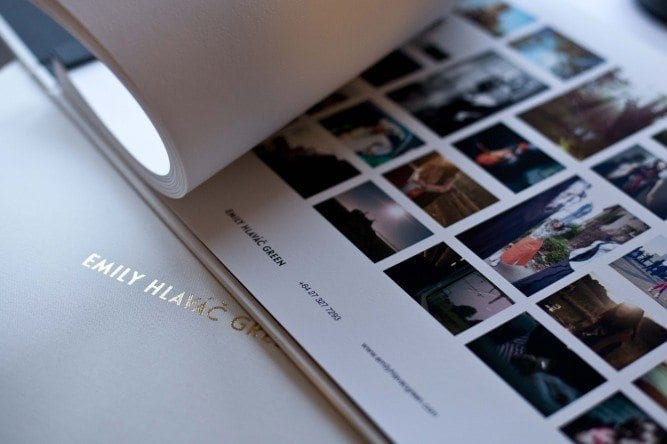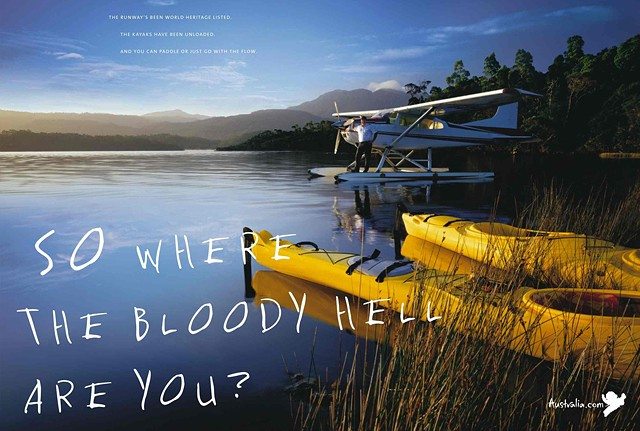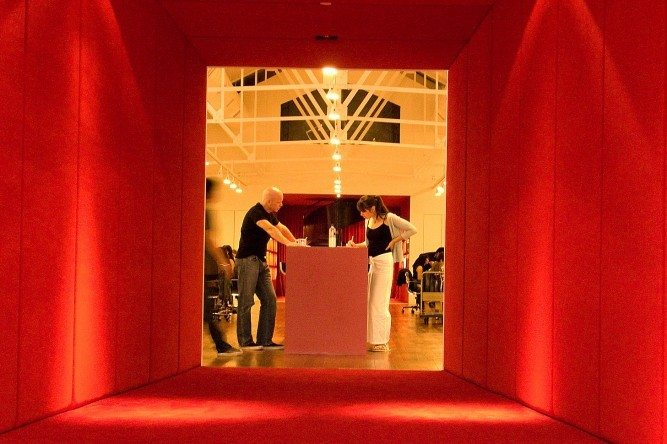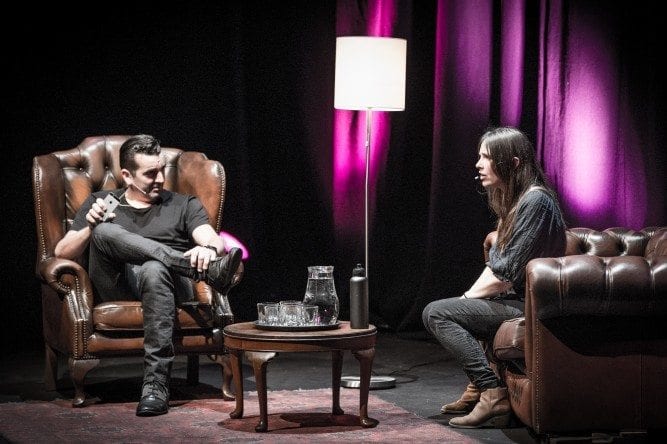Recently I heard that advertising creatives in USA are reluctant to have portfolio meetings with photographers or their agents because they get paid to review work at events and for various platforms, so why do it for free? But it also means they can smash through a string of folio meetings within a limited timeframe and not get interrupted by work, which kind of makes sense.
Folio reviews are fabulous and I highly recommend them, but I can see you wondering what the next hurdle will be- now you literally have to pay to get in the door of an agency. And let’s face it- meetings are hard to get wherever you are in the world, without an additional layer of red tape and a stopwatch ticking. It’s a battlefield out there!
As always I love these conundrums because it’s obvious to me that this is an opportunity for savvy photographers to think outside the box.
What if you weren’t always trying to ‘sell’ yourself with a portfolio of work, but instead asked for their advice and help? (Did you know helping is something humans crave and is well documented as a pillar of happiness?)
And what if instead of sharing a portfolio, you shared a preview of an as yet unpublished personal project?
What if you stopped thinking about ‘meetings’ and started thinking about collaborations?
When you reframe your thinking in this way it not only makes connections and relationship building easier, but it can actually give you confidence to reach out to them.
Photographers I’ve worked with who’ve done this, have had their personal project ideas pitched directly to brands, made into advertising campaigns, transformed into (very nicely designed) zines and published in magazines, all with the energy and enthusiasm of those usually elusive creative decision makers.
With this in mind, now all you have to do is make great personal work which will get you in the door.
So how’s that going for you? What are you shooting that will inspire those creatives?

 Marketing
Marketing Folios & Editing
Folios & Editing Finding Direction
Finding Direction Asia Assignments
Asia Assignments Personal Work
Personal Work Closing the deal
Closing the deal Most Recent
Most Recent Case studies
Case studies Interviews
Interviews